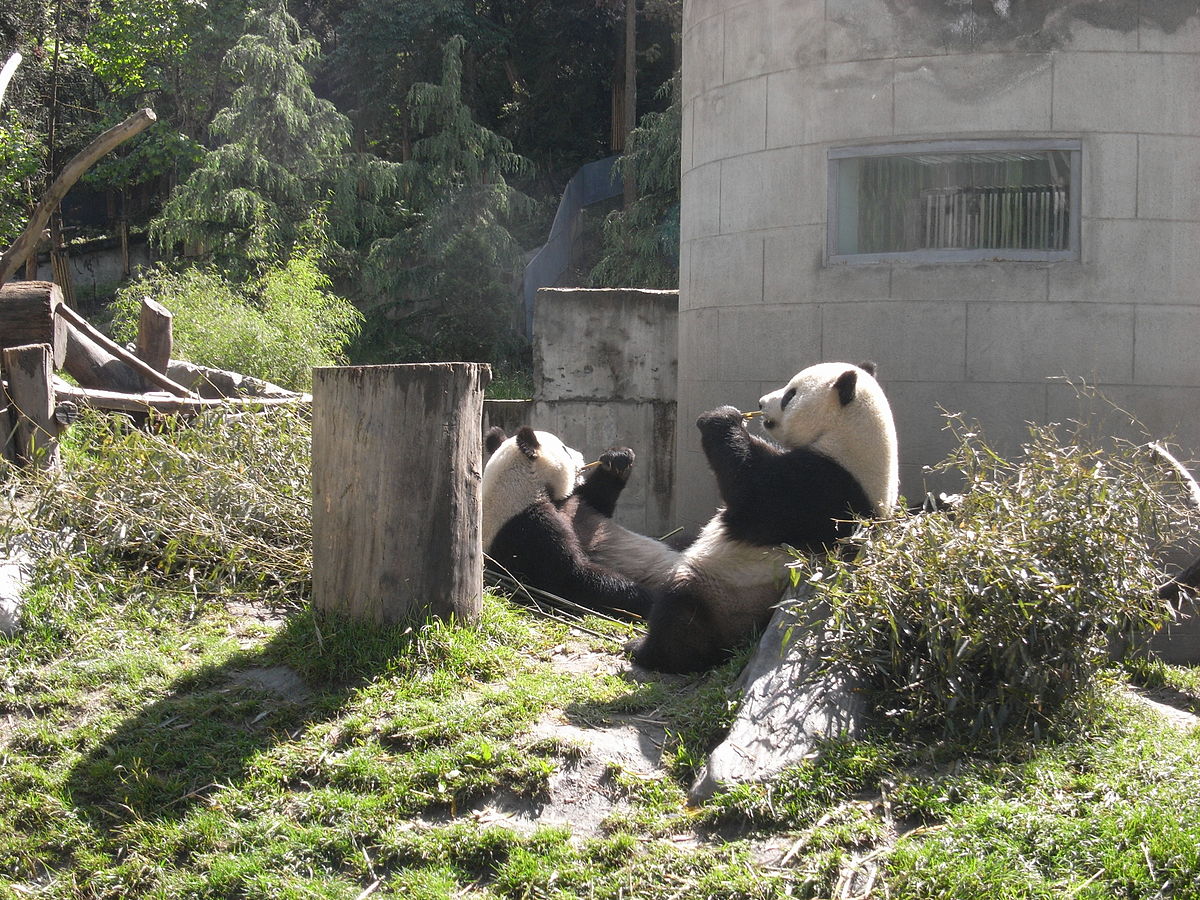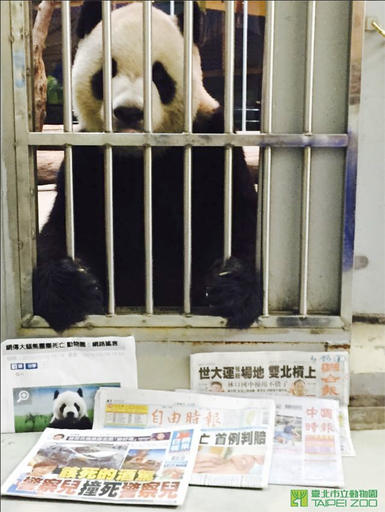by Brian Hioe
語言:
English
Photo Credit: WikiCommons
WHEN THE giant panda was recently reclassified as a “vulnerable” rather than an “endangered” species by the International Union for Conservation of Nature, this being largely a product of Chinese conservation efforts, the response of the Chinese State Forestry Administration was surprising. Far from the jubilant, the State Forestry Administration responded, “If we downgrade [pandas’] conservation status and our protection work is reduced, our achievements would be quickly forgotten.” Yet perhaps this response is also quite telling.
Certainly, it is quite true that the International Union for Conservation of Nature can at times act prematurely in taking animals off of the endangered species list when there still remain significant challenges for their preservation. But who knows? Perhaps it is that the Chinese government does not actually wish for the panda bear to be taken off of the endangered species’ list.
Namely, the panda bear and its reputation for cuteness worldwide has made it a significant cultural ambassador for China. In that way, the panda has done wonders for China’s soft power initiatives globally. Some have termed this “panda diplomacy.” China sending pandas to other countries was a practice that began during the Cold War, but after the opening up of China and normalization of relations with other states, China began loaning pandas to other nations on ten year terms. Standard loan terms are that $1,000,000 is to be paid to China yearly and that any cubs produced by panda pairs are to be Chinese property.
 Tuan Tuan and Yuan Yuan. Photo credit: WikiCommons
Tuan Tuan and Yuan Yuan. Photo credit: WikiCommons
Panda bears have thus sometimes become strangely politicized territory between nations. The panda bear pair that was sent to Taiwan in 2008 China were named “Tuan Tuan” and “Yuan Yuan”. The word “Tuanyuan” means “reunification” in Chinese. As such, the sending of the pandas to Taiwan provoked controversy from members of the DPP and the independence-leaning pan-Green political camp. Though the initial offer of the bears was made after Lien Chan of the KMT’s visit to China in 2005, the offer was initially rebuffed under Chen Shui-Bian’s DPP administration, before later being accepted under Ma Ying-Jeou’s KMT administration.
Indeed, where the politics of bears is concerned, while panda bear imagery is commonplace in Taiwan, Taiwan has its own native endangered species of bear, the Formosan black bear. Attendant to issues of identity, members of the pan-Green camp has at times attempted to draw more attention from the public to the plight of the Formosan black bear. The exact number of remaining Formosan Black Bears is unknown, but among the pan-Green camp, the Formosan black bear has become a representative symbol for Taiwan in the way that the panda bear is a symbol of China.
Likewise, with continued territorial disputes between China and Japan about the Senkaku Islands and the pregnancy of the panda Shin Shin in Ueno Zoo, Tokyo governor and noted far-right wing nationalist politician Shintaro Ishihara would suggest in 2005 that the cub that would be born to Shin Shin should be named “Sen Sen” or “Kaku Kaku”. That way, Ishihara joked, when the cub was sent back to China, China could have “Senkaku”. Unfortunately, the cub would die shortly after birth, before it could be named.
 Tuan Tuan in front of newspapers in a photo taken by Taipei Zoo to disprove rumors of his death. Photo credit: Taipei Zoo
Tuan Tuan in front of newspapers in a photo taken by Taipei Zoo to disprove rumors of his death. Photo credit: Taipei Zoo
The panda bear is sometimes much beloved in countries which otherwise are often at loggerheads with China, such as Japan. But apart from the panda bear proving a valuable source of income for China and useful for China’s soft power agenda in that way, it may be that China fears that the panda bear will lose some of its appeal if it is no longer an endangered species. The Chinese State Forestry Administration’s statement that it feared its “achievements being forgotten” is telling.
Namely, the panda bear is an animal whose existence today is a product of the Chinese government’s attempts to keep the animal alive. The panda bear is an animal notorious for its lack of interest in reproducing. This has led the Chinese government to resort to bizarre measures to try and motivates panda bears to breed, including filming “panda porn” aimed at getting pandas stimulated enough to become interested in sex, the use of Viagra on pandas, attempts to understand how pandas communicate to indicate arousal to prospective mates, investigations into the possibility of panda masturbation, and contemplation of the use of cloning on pandas.
To borrow Foucault’s terms, such would be the biopolitics of the panda bear where the Chinese state is concerned. We can perhaps think of the panda bear as an animal especially emblematic of the Anthropocene, the epoch of geologic history defined by human intervention into nature. Many aspects of nature can no longer exist without constant human intervention. The panda bear would certainly be one such example. Think about that the next time you see a panda bear in your local zoo.

